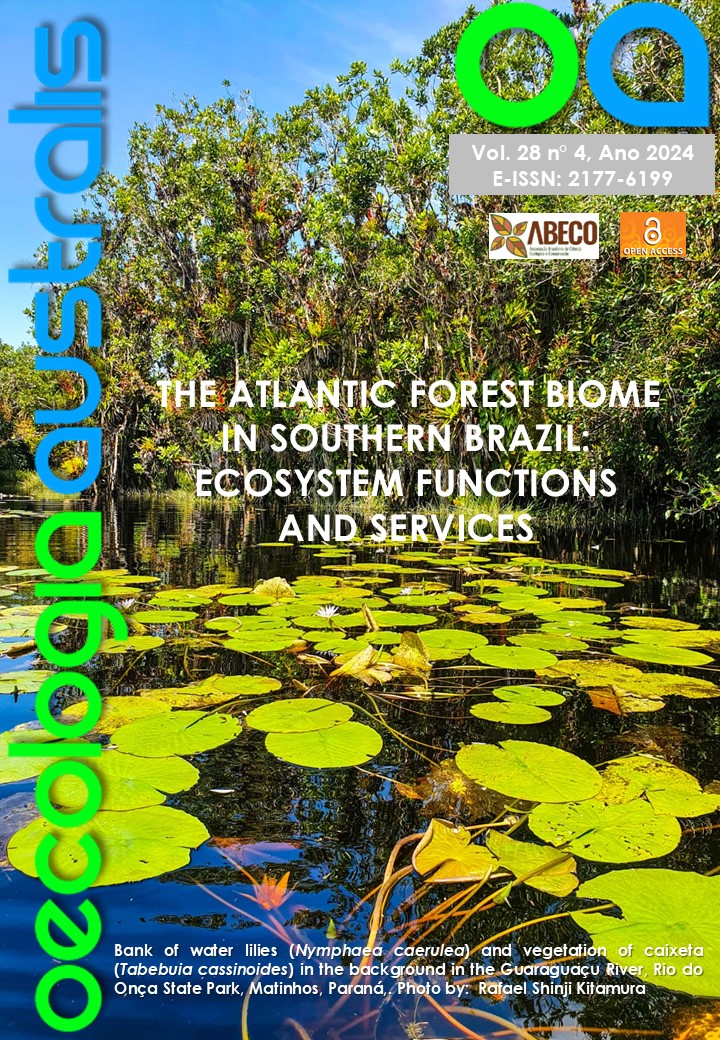STRAWBERRY FIELDS FOREVER: THE EFFECT OF FARM-POLLINATOR INTERACTION NETWORK CENTRALITY ON STRAWBERRY PRODUCTION
Strawberry fields forever
DOI:
https://doi.org/10.4257/oeco.2024.2804.04Abstract
Plant-pollinator networks are highly dynamic and may vary in their patterns and composition due to abiotic changes, anthropogenic influences, and landscape changes, leading to alterations in the pollinator communities and interactions between species. Biotic pollination plays a key role in strawberry fruit set and quality. Here, we explored how the topology of the farm-pollinator networks affects the qualitative and quantitative parameters of strawberry production (Fragaria spp.); the relative importance of a given node, be it a farm or a pollinator, is shown by centrality measures, revealing the distribution of interactions between all nodes. We expected that farms with higher centrality would positively influence strawberry production. We evaluated the quantitative (fruit mass and fruit set) and qualitative parameters (fruit shape, fruit quality, and stage of ripeness) of the strawberries produced. We sampled pollinators and conducted experiments on strawberry crops in five farms located in the basin of the Miringuava and Miringuava-Mirim rivers in São José dos Pinhais - PR. We show that biotic pollination positively contributes to strawberry production, directly affecting strawberries’ shape, ripeness, and quality. We also found that more central farms, which means that farms with a higher degree centrality - with more pollinators - favor the pollination service, which contributes to strawberry production quality and quantity.


